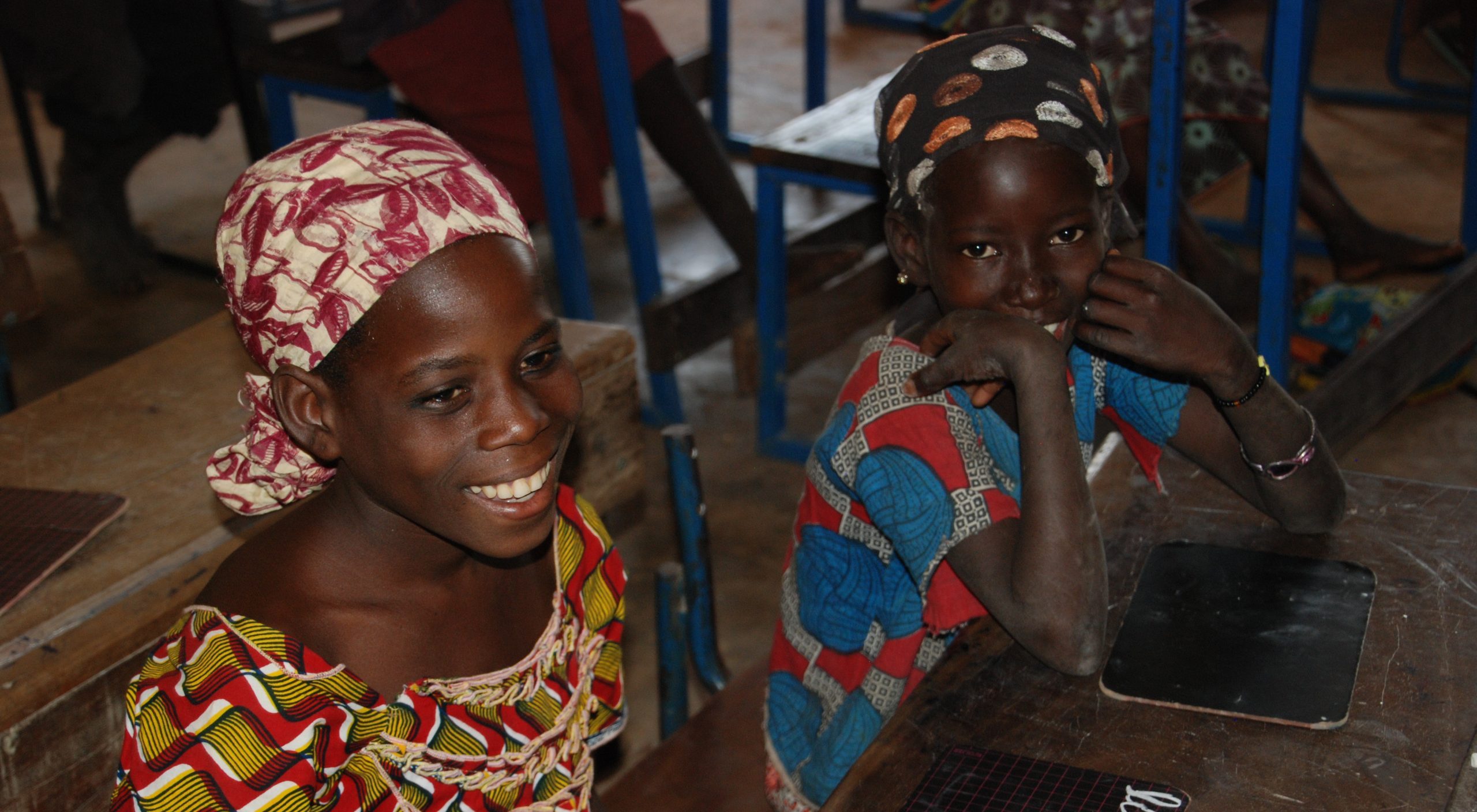Child labour in Mali
In Mali the root causes children being engaged in child labour and low percentages of children attending school include several factors: insufficient schools and classrooms; poorly trained teachers resulting in poor teaching quality; poverty (41,1% of the population is living on less than 1,90 USD a day); rural exodus, often a result of lack of alternative resources of income, no future work or secondary school opportunities; child marriages causing girls to leave school early (54% younger than 18 years).
Where do we work
We work in Sikasso (Yanfolila and Bougouni Districts) and Segou regions (Bla and San districts). Most families in these regions are poor farmers living in a rural economy and depending on rain fed subsistence agriculture on small-scale farms with low crop production. School enrolment rates in the region are low, and there is a high prevalence of child labour – particularly in artisanal gold mining.
Sectors
Gold mining
Mali is the third largest producer of gold in Africa. Gold is the largest export income of the country, accounting for 75% of all exports. Most gold mining sites are located in the Western and Southern part in the regions Kayes and Sikasso. It is estimated that between 20,000 and 40,000 children work in Mali’s artisanal gold mining sector. Many of them started working as young as six years old. A significant proportion of child labourers are migrants, coming from different parts of Mali or from neighbouring countries, including victims of trafficking.
Family based agriculture
According to national statistics, 58% of all child labourers are employed in family-based community agriculture. Agricultural child labourers are never remunerated, as it is assumed they contribute to the family revenue with this labour. Boys also work as seasonal labourers in the rice and cotton fields. They work long hours with unhealthy pesticides and carry out heavy work.

